Jocheon Lotus Park (조천연꽃공원)
1.9Km 2025-05-20
226 Beonam-ri, Jochiwon-eup, Sejong-si
Jocheon Lotus Park is an ecological park established by cultivating white lotus, red lotus, and water lilies on abandoned agricultural land. Developed on former farmland, the park blossoms with vibrant lotus flowers during the summer months of July and August. As visitors stroll along the deck path, they can relish the soothing sounds of Jocheon Stream. The pathway along the Jocheon Riverside is especially scenic in spring, adorned with cherry blossoms, earning it the name Jocheonbyeon Cherry Blossom Path. This provides a picturesque backdrop for flower viewing and photography.
Sanjang Garden (산장가든)
2.4Km 2025-05-20
1131-7 Dosingobok-ro, Yeonseo-myeon, Sejong-si
+82-44-867-3333
Sanjang Garden is a Korean restaurant specializing in grilling pork galbi over charcoal. In addition to pork galbi, they also serve dishes such as naengmyeon (cold buckwheat noodles), dongchimi guksu (noodles with radish water kimchi), and sujebi (hand-pulled dough soup). Surrounded by lakes and mountains, the restaurant offers a picturesque setting and has been featured multiple times on Korean television. It's approximately a 15-minute drive from Jochiwon Station by car or taxi.
Sejong Singwangsa Temple (신광사 (세종))
2.6Km 2025-05-20
24, Togolgogae-gil, Sejong-si
+82-44-865-5601
Singwangsa Temple is located on Nojeoksan Mountain. It is estimated to have been built 160 years ago, and renovated in 1920 by head monk Lee Gyeong-jik. The temple, originally called Togoljeol or Suryangsa, was renamed Singwangsa by monk Hyewon in 1980. Visitors will discover that this temple is filled with youthful energy. Although the temple has a short history, its location near Hongik University Sejong Campus has helped the temple become popular among college students.
Cosmetics & Beauty Expo (오송화장품뷰티세계박람회)
4.0Km 2021-04-29
123, Osonggarak-ro, Heungdeok-gu, Cheongju-si, Chungcheongbuk-do
• 1330 Travel Hotline: +82-2-1330 (Korean, English, Japanese, Chinese) • For more info: +82-43-220-4552
The Cosmetics & Beauty Expo is held in Osong, Chungcheongbuk-do, where advanced science and nature come together. The expo aims to connect comstics businesses with buyers and visitors.
Café Droptop (Osong Underpass Branch) (드롭탑 오송역언더패스점)
4.1Km 2024-02-23
15-4 Osong-ri, Osong-eup, Heungdeok-gu, Cheongju-si, Chungcheongbuk-do
Situated at KTX Osong Station, Café Droptop is a 24-hour unmanned coffee shop within a distinctive yellow container. Here, robots are tasked with preparing a wide selection of drinks, including espresso, latte, and caffè mocha. The café offers free parking on the day of purchase, enhancing its appeal. Conveniently, it's just a 5-minute walk from the Korail platform and near Exit 3 of Osong Station.
K-Beauty Gallery (K-뷰티갤러리)
4.1Km 2019-03-19
123, Osonggarak-ro, Osong-eup, Heungdeok-gu, Cheongju-si, Chungcheongbuk-do
+82-43-220-4543
K-Beauty Gallery, located inside Osong KTX Station in Chungcheongbuk-do, opened its doors on April 3, 2014. K-Beauty Gallery serves as a venue for the exhibition of promotional and advertising materials used by the Cosmetics & Beauty Expo Osong Korea held in 2013. It also sells various cosmetics and beauty products at the store “Beauty is You.” In addition, exhibitions at the gallery showcase everything beauty-related from traditional styling and make-up techniques to the latest trends in the beauty industry.
Wondumak (원두막)
4.5Km 2025-05-20
154, Ansan-gil, Yeonseo-myeon, , Sejong-si
+82-41-867-5727
Wondumak is a Korean restaurant specializing in hot soups. Popular menu items include minmul saeutang (spicy fresh water shrimp soup), megi maeuntang (spicy catfish soup), and tojong dakdoritang (chicken hot pot). The restaurant also offers fantastic views of the Gobok Reservoir.
Gobok Natural Park (고복자연공원)
5.5Km 2025-05-20
586, Dosingobok-ro, Sejong-si
+82-44-300-4216
Gobok Natural Park spans an area of 1,840,000 square meters and nearby attractions include a forest, Yonggul Cave, Sinheungsa Temple, and an outdoor sculpture park on Obongsan Mountain. A 3.65-kilometer-long deck circles the reservoir. The neighboring village is home to orchards for growing grapes, peaches, and pears. The park has a large meeting square and the outdoor sculpture park features works by Ewha Woman's University art professor Kang Tae-seong, attracting many visitors. The park is especially popular in summer when the outdoor swimming pool is open. In spring, people flock to Millakjeong Pavilion to view the cherry blossoms. There are many restaurants nearby specializing in galbi (ribs), Hanbang ori (duck with medicinal herbs), and megi maeuntang (spicy catfish stew), as well as cafes overlooking the natural scenery.
Cheongju Sutbul Galbi (청주숯불갈비)
6.6Km 2024-03-25
422 Taeseongtabyeon-ro, Gangnae-myeon, Heungdeok-gu, Cheongju-si, Chungcheongbuk-do
043-232-2992
Opened in 1985, the restaurant specializes in charcoal-grilled galbi. Their signature dish, the dwaeji galbijjim set menu, features braised pork galbi, doenjang jjigae (soybean paste stew), and gonggibap (steamed rice). Favorites also include the sutbul bulgogi set menu (charcoal-grilled bulgogi), anchangsal (grilled thin skirt), saeng deungsim (grilled sirloin), and galbisal gui (grilled boneless galbi). Additionally, they offer a seasonal selection of nicely presented side dishes with homegrown vegetables. The in-house made soybean paste, crafted from their own soybeans, is notably flavorful.
Yeongi Folk Museum (연기향토박물관)
7.3Km 2025-05-20
34-4, Yangdae-gil, Yeonseo-myeon, , Sejong-si
+82-44-862-7449
Opened in August 1966, the Yeongi Folk Museum showcases relics found in the old site of Sejong Special Self-Governing City. Over 1,000 relics, including Buddhist statues, weapons, pagodas, earthenware, porcelain, bronze ware, roof tiles, paintings, letters, houseware, kitchenware, farming tools, and others are arranged by era.
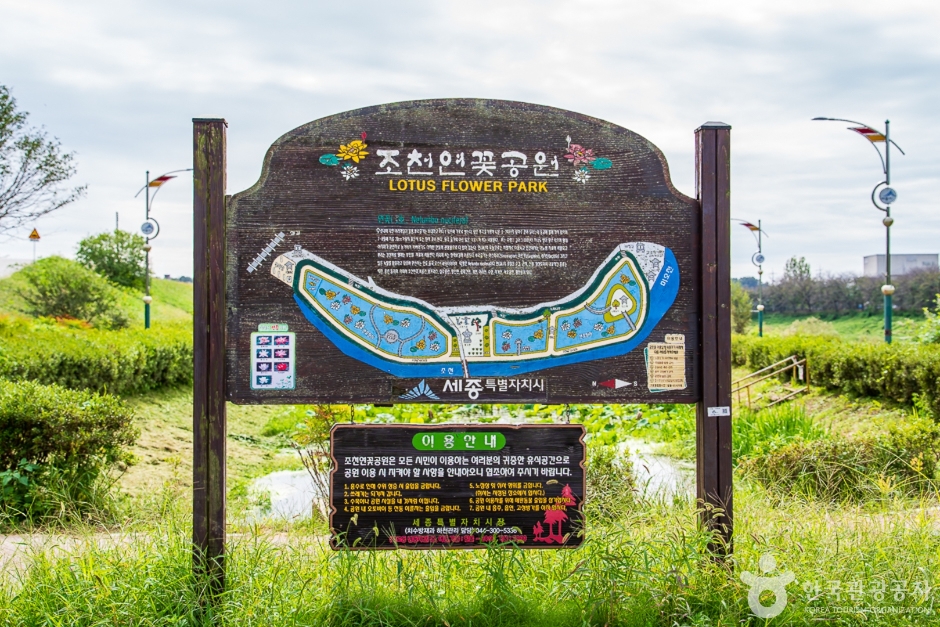
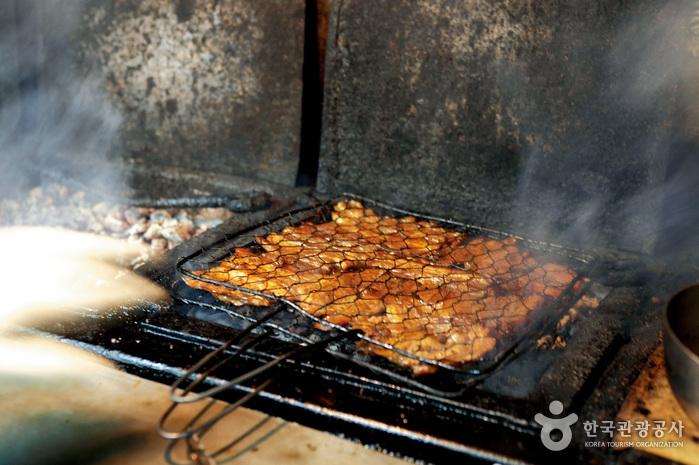


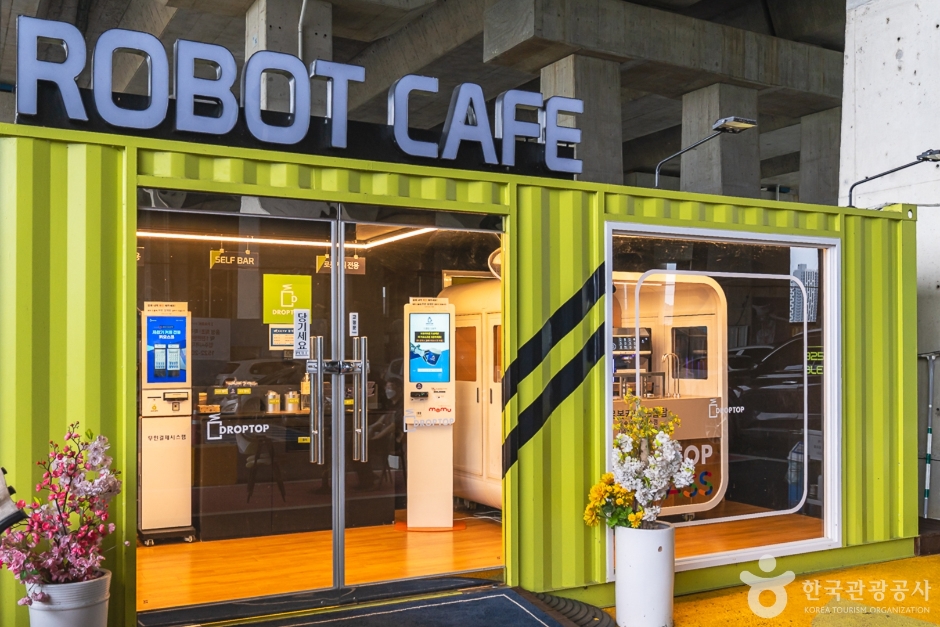
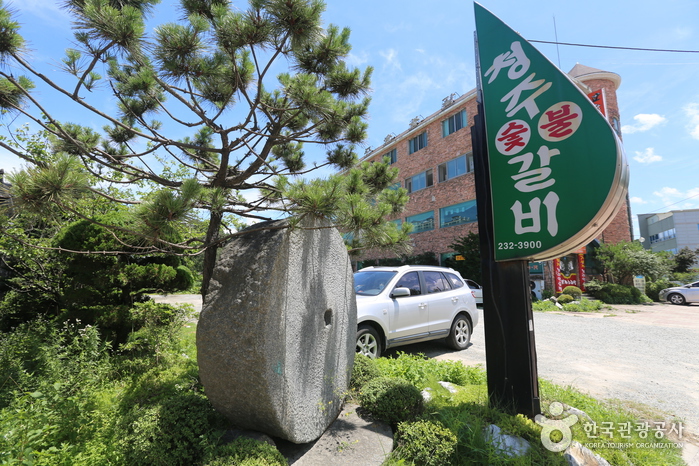
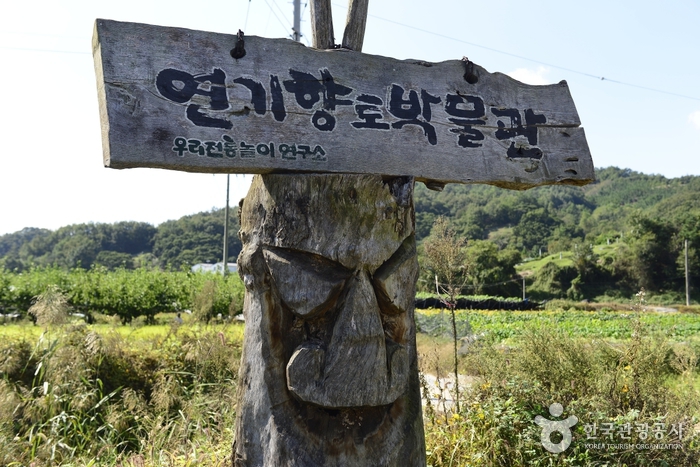
 English
English
 한국어
한국어 日本語
日本語 中文(简体)
中文(简体) Deutsch
Deutsch Français
Français Español
Español Русский
Русский